Home>Gardening & Outdoor>Outdoor Structures>How Tall Should A Shed Be
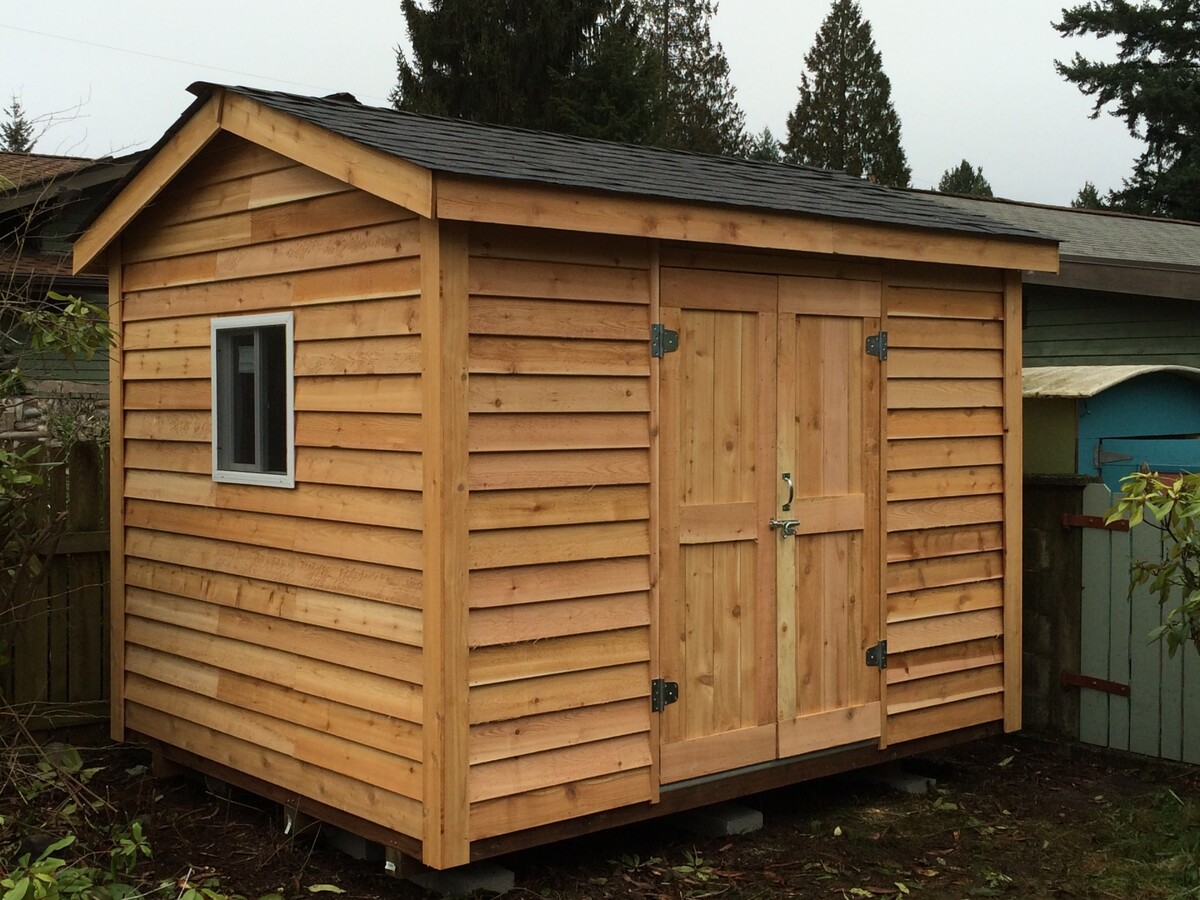

Outdoor Structures
How Tall Should A Shed Be
Modified: August 20, 2024
Discover the ideal shed height for your outdoor structures. Learn how to determine the perfect shed height for your needs.
(Many of the links in this article redirect to a specific reviewed product. Your purchase of these products through affiliate links helps to generate commission for Storables.com, at no extra cost. Learn more)
Introduction
So, you've decided to add a shed to your property. Whether it's for storing tools, housing your hobbies, or creating a cozy outdoor retreat, a shed is a valuable addition to any home. As you embark on this exciting project, one crucial question arises: how tall should your shed be?
The height of your shed plays a significant role in its functionality and aesthetic appeal. Getting the height right ensures that the structure serves its purpose effectively while complementing the overall look of your property. To determine the ideal height for your shed, several factors must be taken into account, including practical needs, local building regulations, and personal preferences.
In this comprehensive guide, we will explore the various factors that influence shed height, discuss standard and custom shed heights, and provide valuable insights to help you choose the perfect height for your shed. Whether you're a seasoned DIY enthusiast or a homeowner considering your first shed, this article will equip you with the knowledge needed to make an informed decision. Let's delve into the world of shed heights and discover the key considerations for creating a shed that stands tall in both form and function.
Key Takeaways:
- Consider the purpose, local regulations, and future needs when deciding on shed height. Customizing the height can create a unique, functional, and visually appealing outdoor space.
- The right shed height enhances functionality, visual appeal, and future adaptability. Whether standard or custom, it’s a key aspect of creating a valuable outdoor addition.
Read more: How Tall Should A Pergola Be?
Factors to Consider
When determining the height of your shed, several important factors should be taken into consideration to ensure that the structure meets your specific needs and requirements:
- Intended Use: Consider how you plan to use the shed. Will it primarily serve as a storage space for garden tools and equipment, or do you envision it as a workshop where you can comfortably stand and move around?
- Local Building Codes: Research the building codes and regulations in your area. Some local authorities have specific height restrictions for outbuildings, and it’s essential to ensure compliance with these regulations to avoid any potential legal issues.
- Roof Style: The style of the shed’s roof can impact its overall height. For example, a gable roof provides more headroom compared to a lean-to roof, allowing for a higher interior ceiling.
- Accessibility: If you plan to use the shed for activities that require ample headroom, such as woodworking or DIY projects, you’ll want to ensure that the height allows for comfortable movement and operation of tools and equipment.
- Aesthetic Harmony: Consider the visual impact of the shed’s height in relation to your property. You may want the shed to complement the existing structures and landscaping while maintaining a cohesive and pleasing aesthetic.
- Future Considerations: Anticipate any potential future needs for the shed. If you might use it for different purposes or add a loft for extra storage in the future, accounting for additional height now can save you from limitations later on.
By carefully evaluating these factors, you can make an informed decision about the optimal height for your shed, ensuring that it meets your practical requirements, satisfies local regulations, and harmonizes with your property’s overall design.
Standard Shed Heights
Standard shed heights are typically determined based on common industry practices and the average needs of homeowners. While specific height measurements can vary, standard sheds often have a minimum wall height of around 6 feet, providing enough headroom for basic storage and easy access to tools and equipment.
When it comes to the overall height of a standard shed, the following considerations apply:
- Wall Height: As mentioned, a typical standard shed has a wall height of approximately 6 feet. This height allows for the installation of standard-sized doors and windows while offering sufficient vertical space for basic storage needs.
- Roof Pitch: The pitch of the roof also contributes to the overall height of the shed. A steeper roof pitch results in a taller peak, providing additional headroom and potential storage space in the form of a loft or overhead storage.
- Door Clearance: Standard shed heights are designed to accommodate standard door sizes, ensuring easy entry and exit for users. The height of the shed should allow for adequate door clearance to facilitate the movement of larger items in and out of the structure.
While these measurements serve as general guidelines, it’s important to recognize that standard shed heights may not fully align with every homeowner’s specific needs and preferences. As such, customizing the height of a shed to better suit individual requirements is a popular option for those seeking a tailored solution.
Understanding the standard shed heights provides a valuable starting point for determining the appropriate dimensions for your shed. However, it’s essential to assess your unique needs and consider potential customization to ensure that the shed’s height aligns with your intended use and long-term satisfaction.
A standard shed height is around 7-8 feet, but it can vary based on your needs. Consider the items you’ll store and any local building codes when determining the height of your shed.
Custom Shed Heights
Custom shed heights offer homeowners the flexibility to tailor the dimensions of their sheds to meet specific requirements and preferences. Whether you have distinct storage needs, envision a multi-functional space, or seek to create a visually striking structure, customizing the height of your shed can be an effective way to achieve your desired outcome.
Here are several factors to consider when contemplating custom shed heights:
- Specialized Storage: If you have large or uniquely shaped items to store, customizing the height of your shed can provide the necessary space to accommodate these items without compromising accessibility or organization.
- Workspace Functionality: For sheds intended as workshops or hobby spaces, custom heights can ensure ample headroom for comfortable movement and operation of tools, machinery, and workbenches.
- Visual Impact: Customizing the height of your shed allows you to create a visually appealing structure that harmonizes with your property’s architecture and landscaping, enhancing the overall aesthetic appeal of your outdoor space.
- Loft or Mezzanine: Planning for a loft or mezzanine within the shed? Custom heights can accommodate the additional space required for these elevated storage or living areas, maximizing the shed’s functionality and storage capacity.
- Adherence to Regulations: While customizing shed heights, it’s crucial to ensure compliance with local building codes and regulations to avoid any potential issues related to height restrictions for outbuildings in your area.
By opting for custom shed heights, you have the freedom to create a personalized and purpose-built structure that aligns with your specific needs and aesthetic vision. This approach empowers you to maximize the functionality and visual appeal of your shed, resulting in a tailored outdoor space that enhances your property’s utility and charm.
Choosing the Right Height
As you contemplate the height of your shed, it’s essential to make a well-informed decision that reflects your practical requirements, aesthetic preferences, and compliance with local regulations. To guide you in choosing the right height for your shed, consider the following steps:
- Assess Your Needs: Begin by evaluating the primary purpose of the shed. Will it serve as a basic storage space, a functional workshop, or a versatile multi-use structure? Understanding the intended use will help determine the necessary height for the shed.
- Review Local Regulations: Research the building codes and regulations in your area to ascertain any height restrictions for outbuildings. Complying with these regulations is crucial to avoid potential legal complications in the future.
- Visual Harmony: Consider the visual impact of the shed’s height in relation to your property’s existing structures and landscaping. Aim for a height that complements the overall aesthetic while maintaining a cohesive and appealing outdoor environment.
- Future Considerations: Anticipate any potential future needs for the shed, such as additional storage requirements or the possibility of creating a loft or mezzanine. Accounting for these future considerations can influence the ideal height for the shed.
- Customization Options: Explore the possibility of customizing the height of the shed to better align with your specific needs and preferences. Customization offers the flexibility to create a shed that truly meets your unique requirements.
By carefully considering these steps, you can make an informed decision regarding the height of your shed, ensuring that it fulfills its intended function, complies with local regulations, harmonizes with your property’s aesthetic, and accommodates any future modifications or enhancements.
Remember that the right height for your shed is a crucial aspect of its overall design and functionality. Taking the time to assess your needs and explore customization options will lead to a well-suited shed that enhances both the practical and visual aspects of your outdoor space.
Read more: How Tall Should Bookshelves Be
Conclusion
Choosing the optimal height for your shed is a decision that encompasses practical functionality, aesthetic appeal, and compliance with local regulations. By considering the various factors that influence shed height, you can make informed choices that result in a structure perfectly suited to your needs and preferences.
Whether you opt for a standard height that aligns with industry practices or choose to customize the height to create a unique and personalized space, the key lies in understanding your specific requirements and envisioning the shed as an integral part of your property.
As you embark on the journey of determining the right height for your shed, remember to assess its intended use, review local regulations, and consider potential future modifications. This thoughtful approach will ensure that your shed not only meets your immediate needs but also accommodates any evolving requirements over time.
Ultimately, the height of your shed plays a pivotal role in its functionality, visual impact, and overall satisfaction. By carefully evaluating the factors at play and exploring customization options, you can create a shed that stands tall in both form and purpose, adding value and versatility to your outdoor space.
Whether it’s a modest storage shed or a multi-functional workshop, the height you choose will contribute to the shed’s ability to enhance your property and provide a practical and visually appealing extension of your home.
As you move forward with your shed project, may your chosen height elevate not only the structure itself but also your enjoyment and utilization of this valuable outdoor addition.
Frequently Asked Questions about How Tall Should A Shed Be
Was this page helpful?
At Storables.com, we guarantee accurate and reliable information. Our content, validated by Expert Board Contributors, is crafted following stringent Editorial Policies. We're committed to providing you with well-researched, expert-backed insights for all your informational needs.
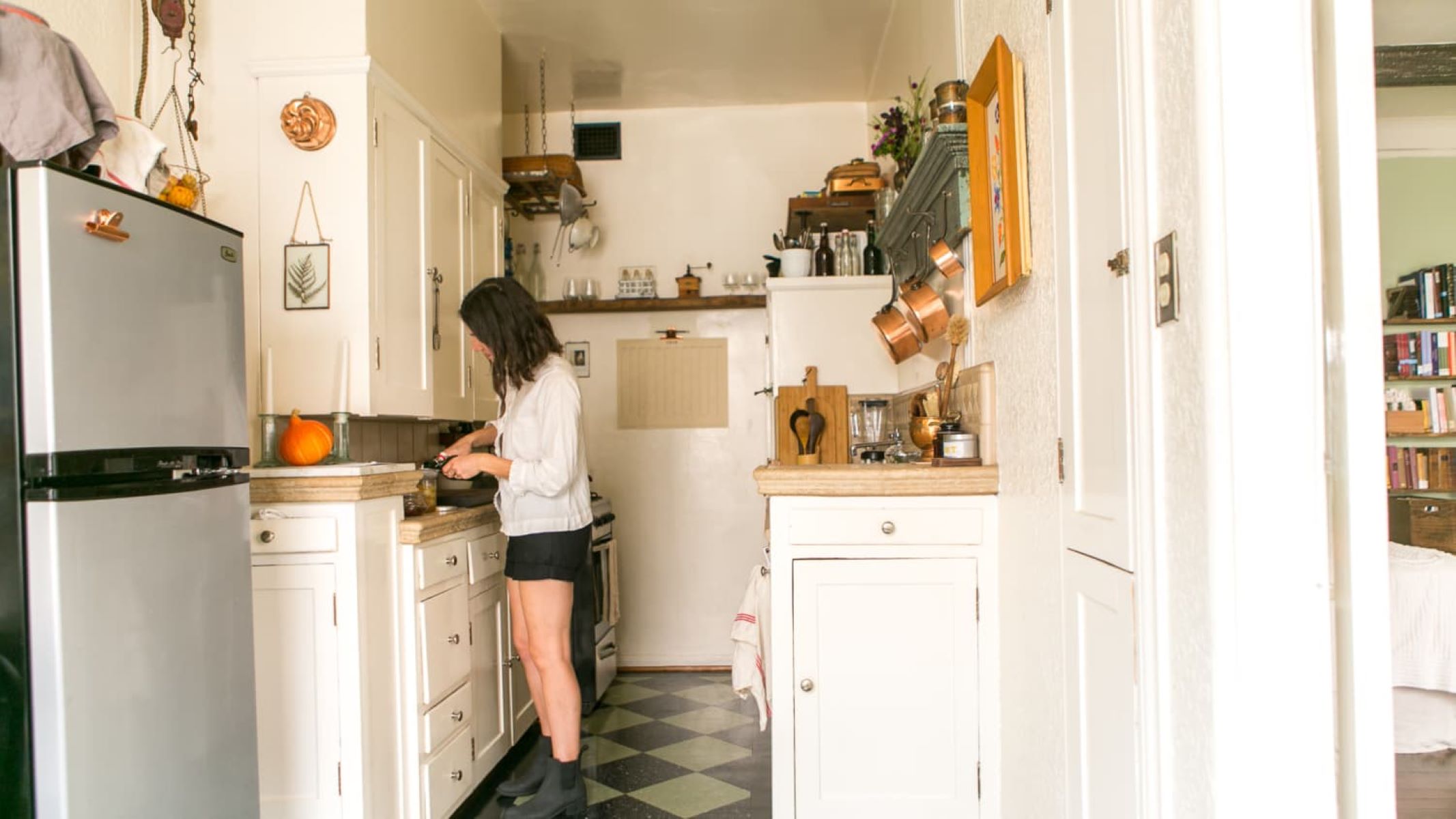
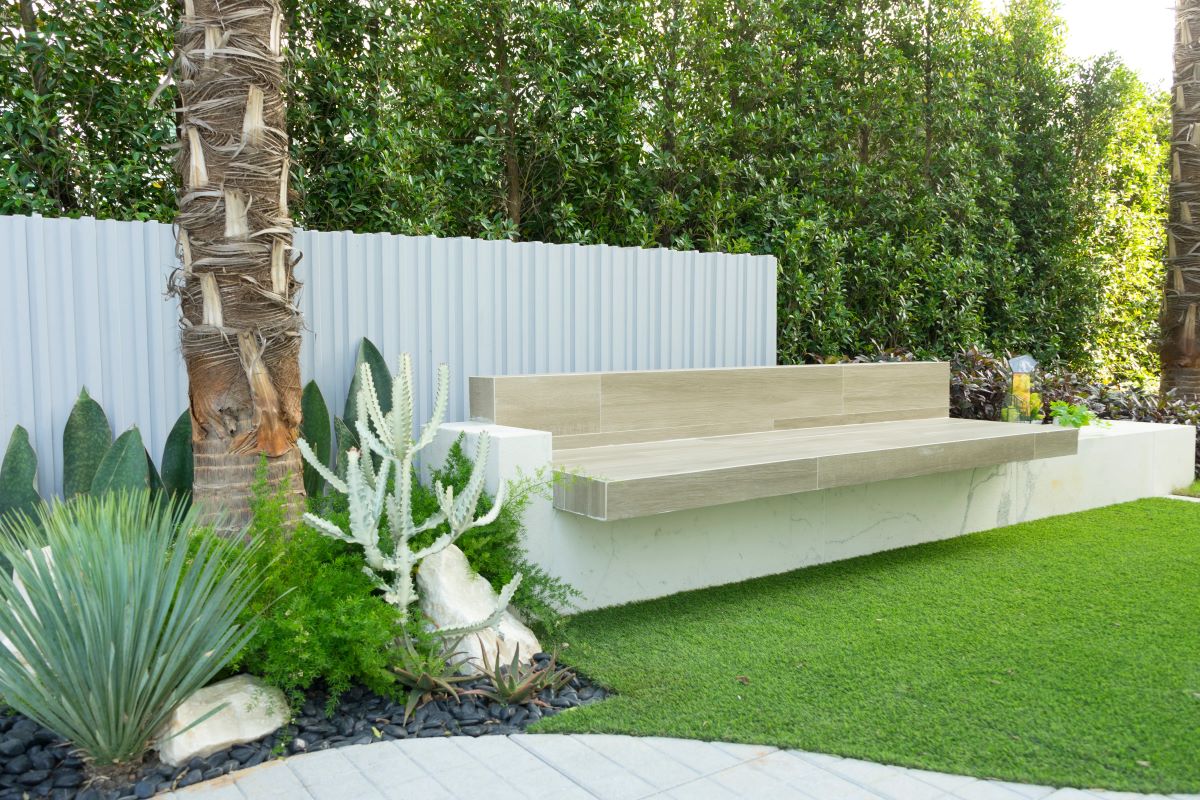



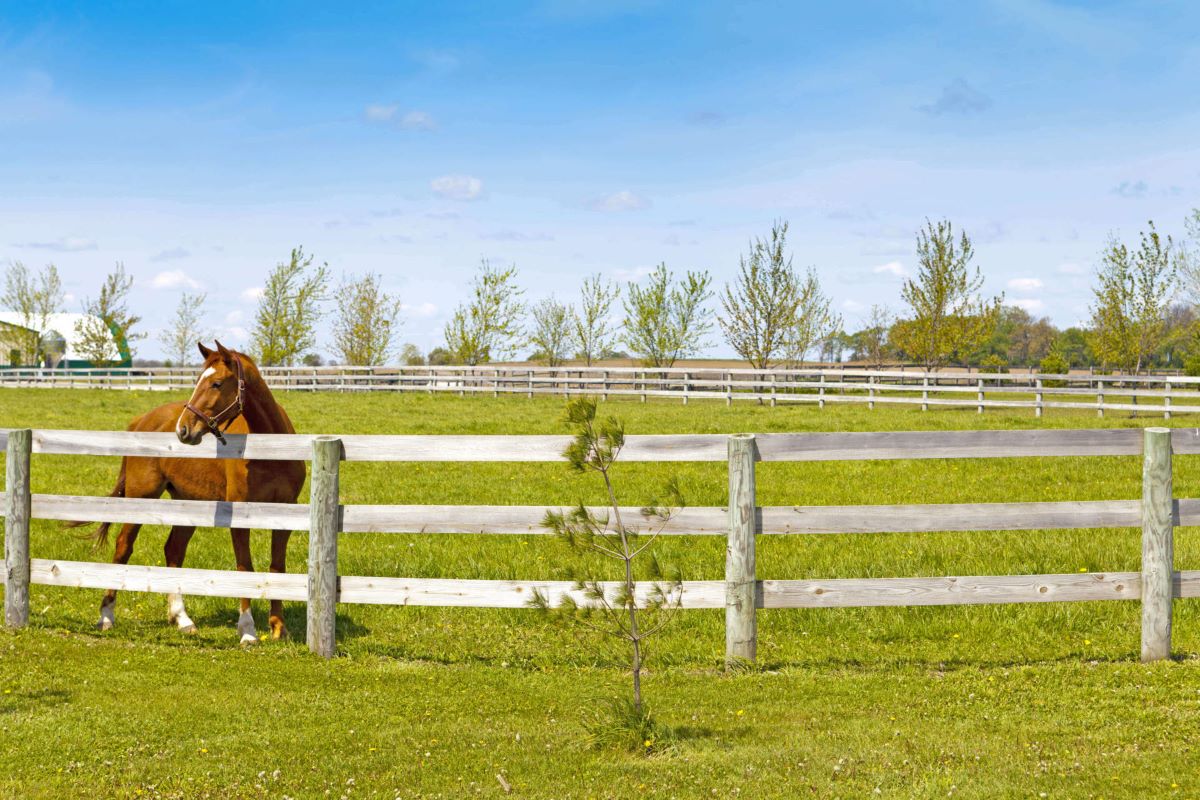

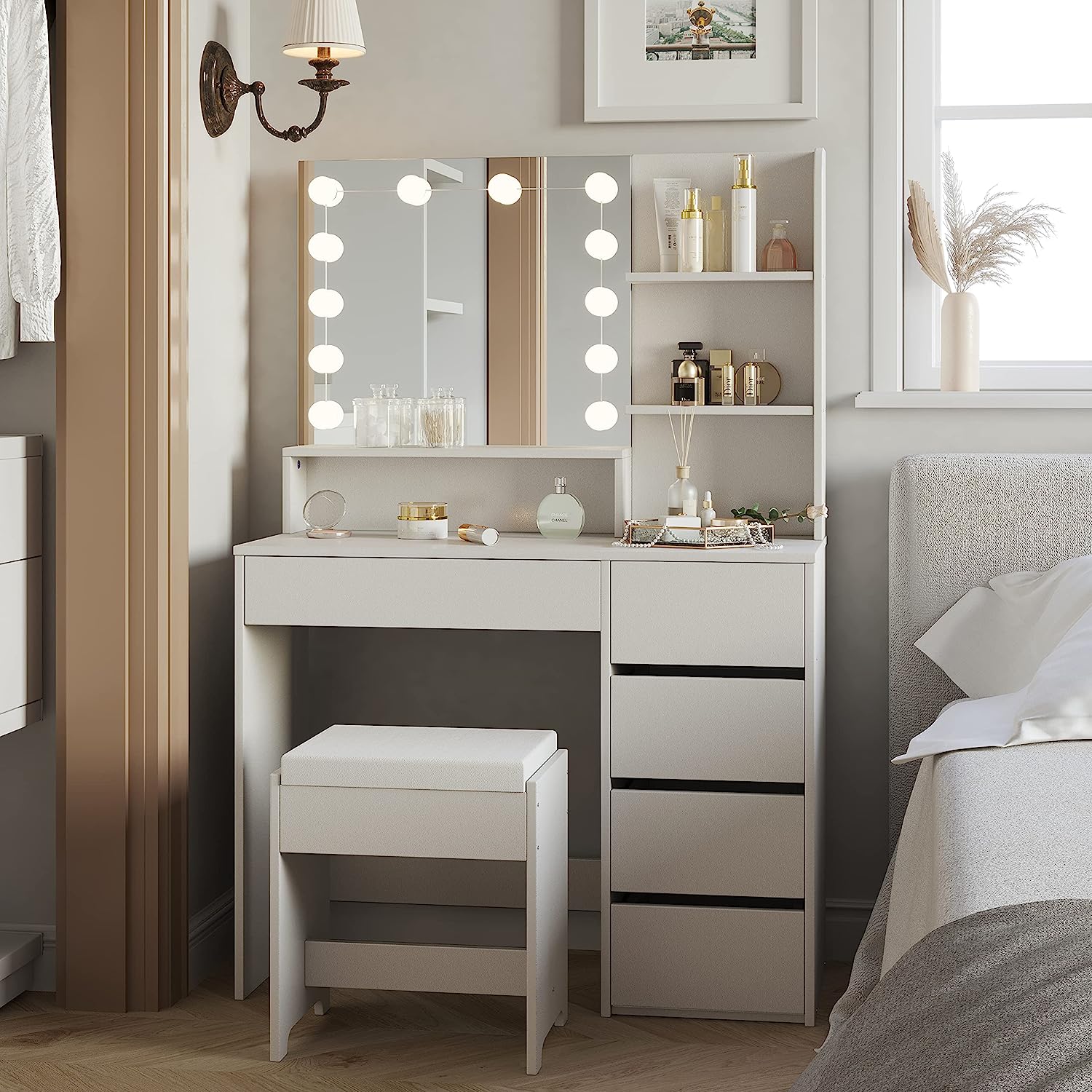
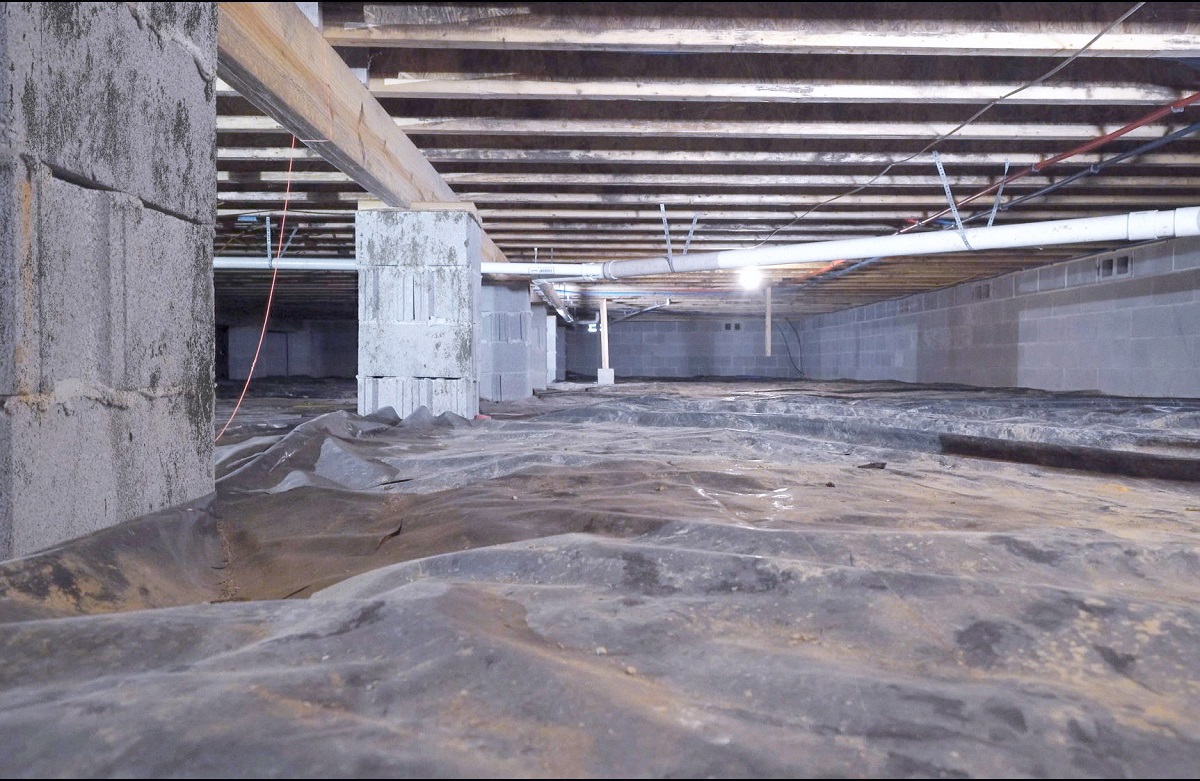
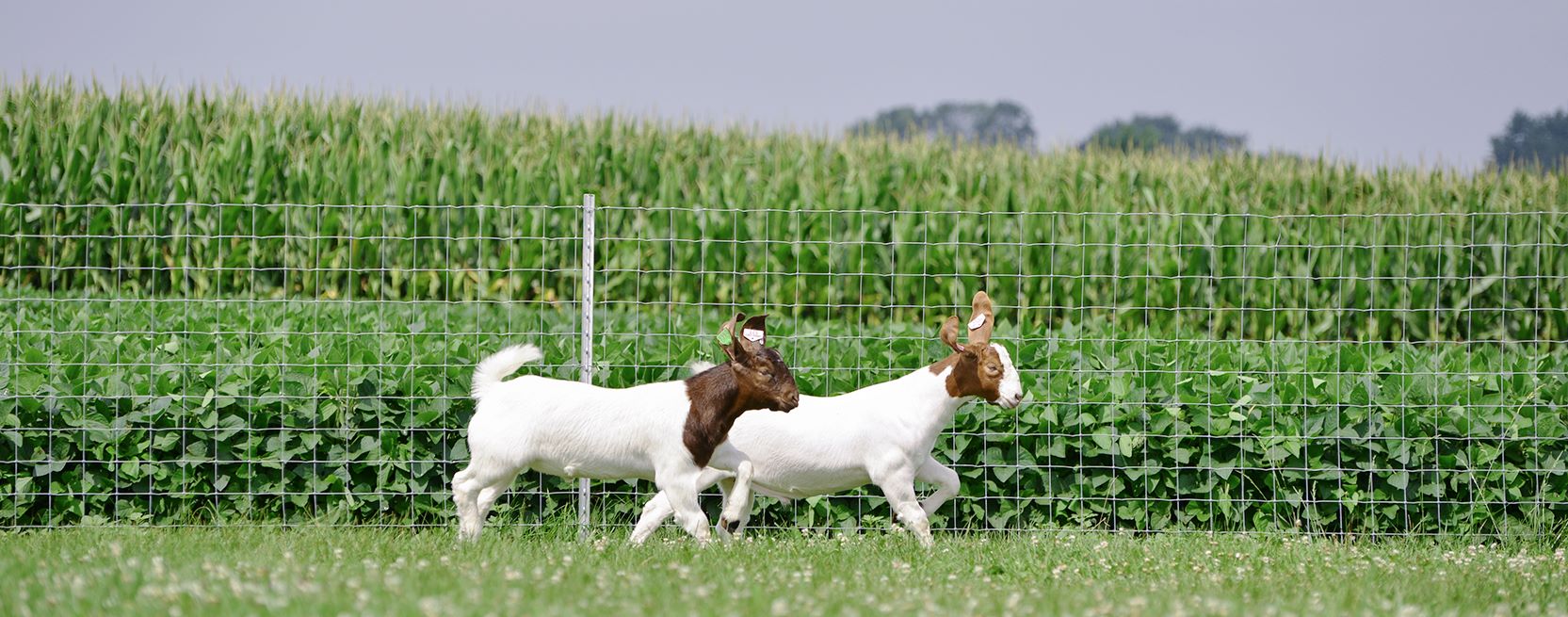

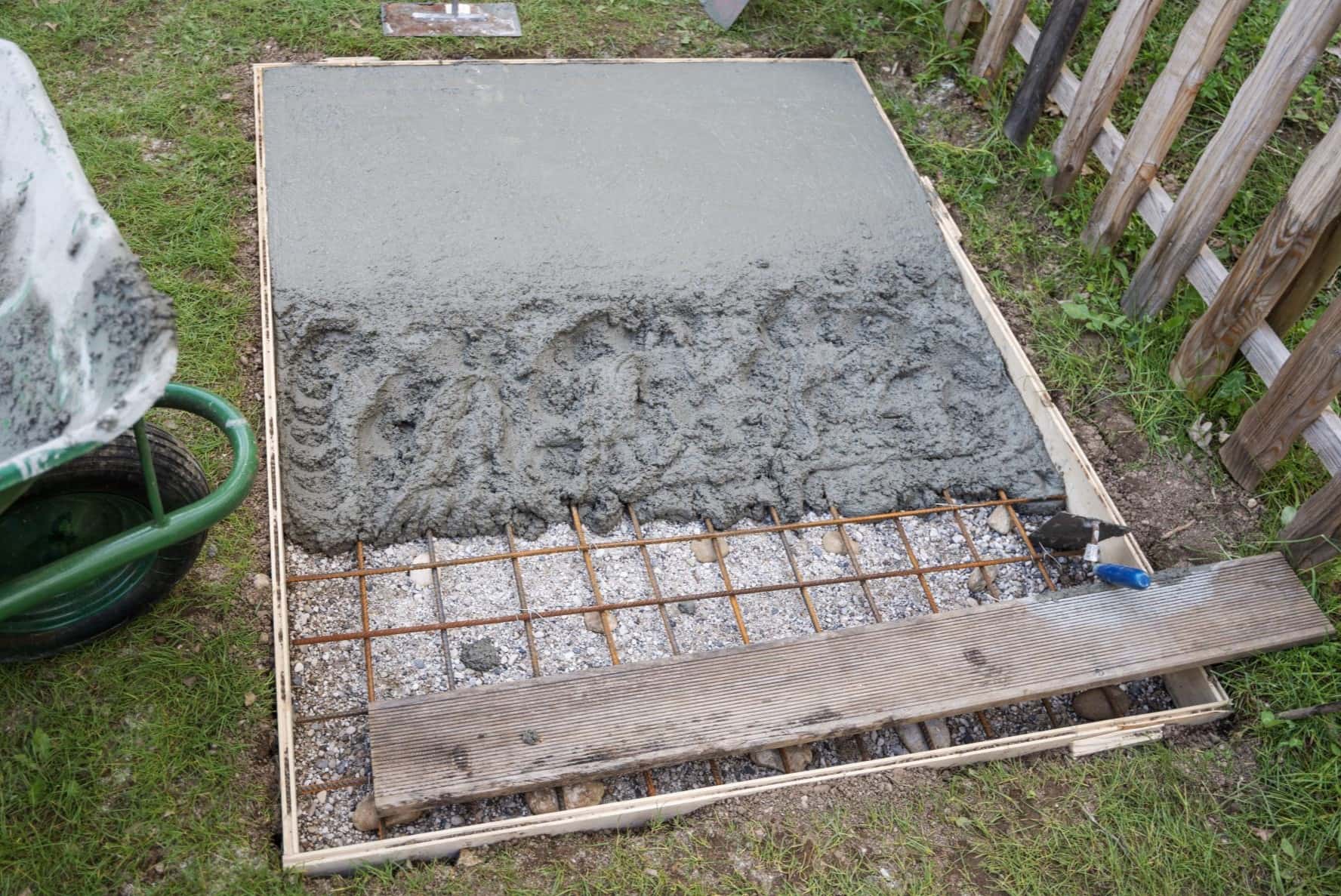
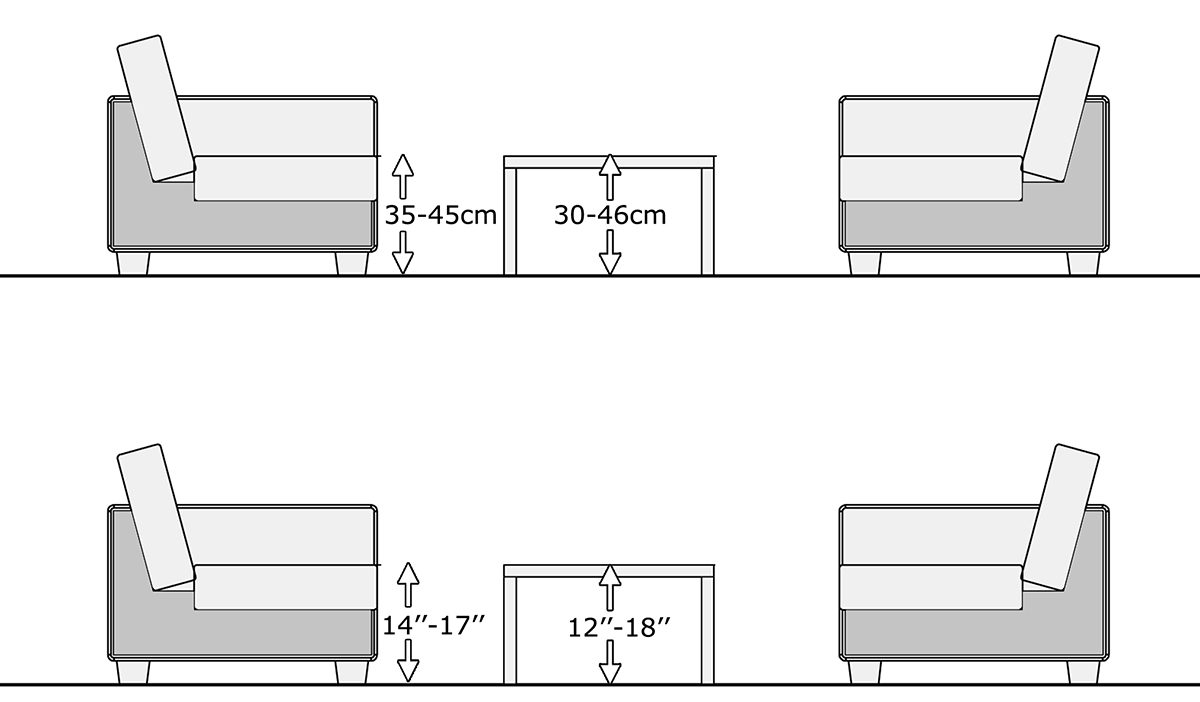
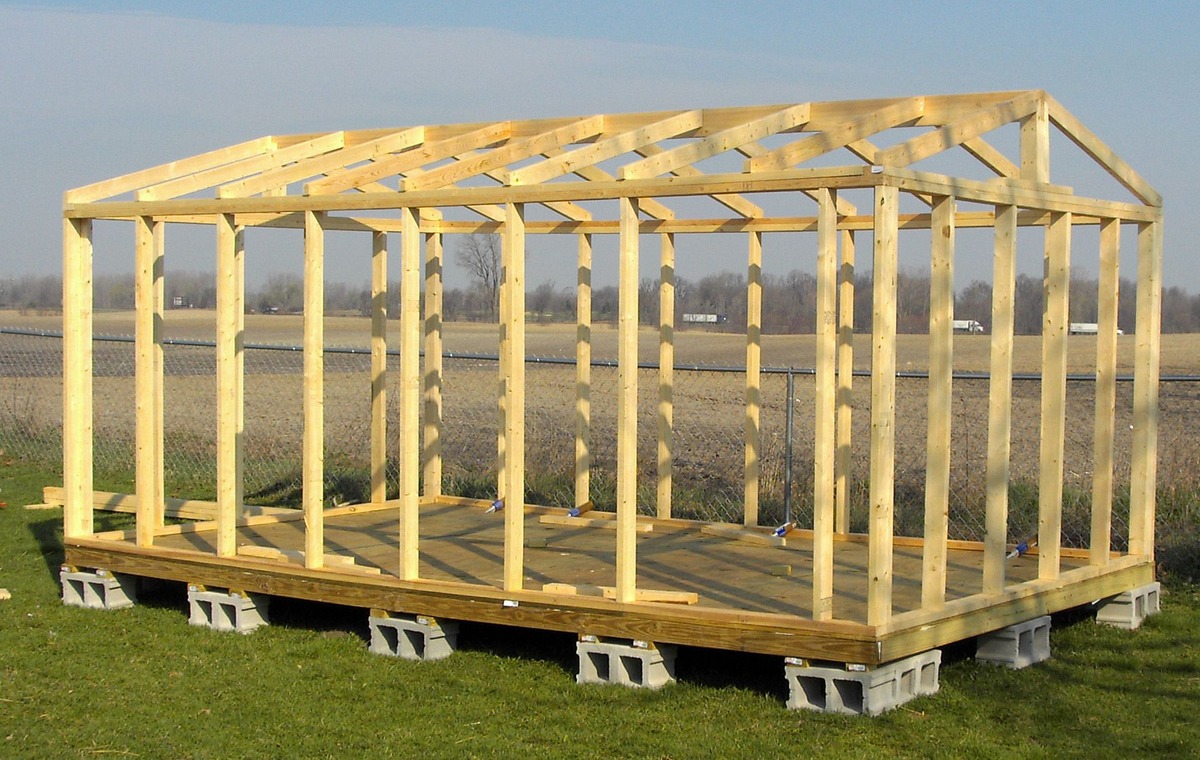

0 thoughts on “How Tall Should A Shed Be”